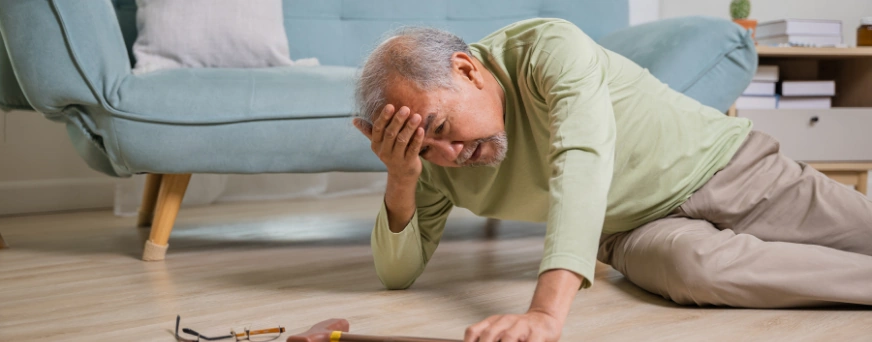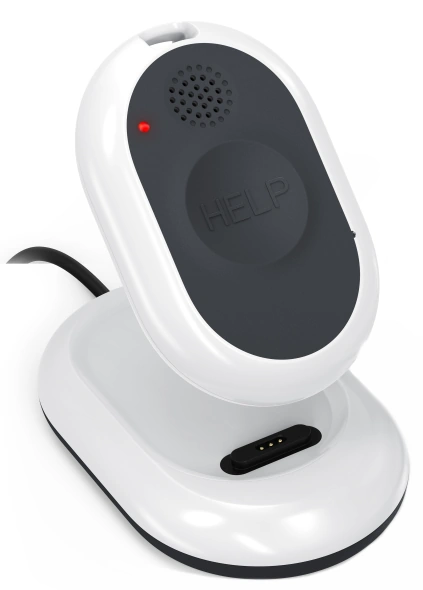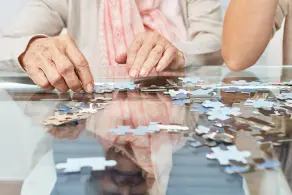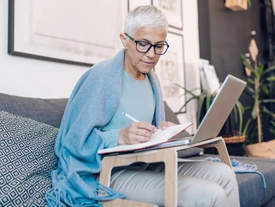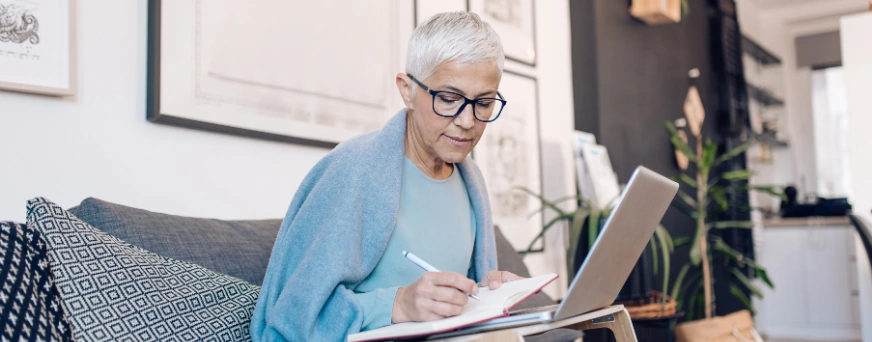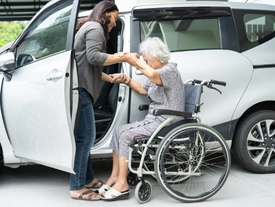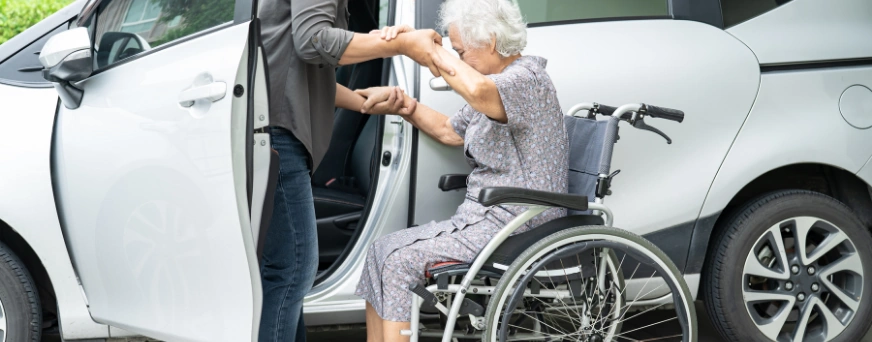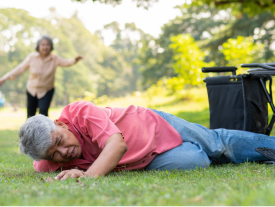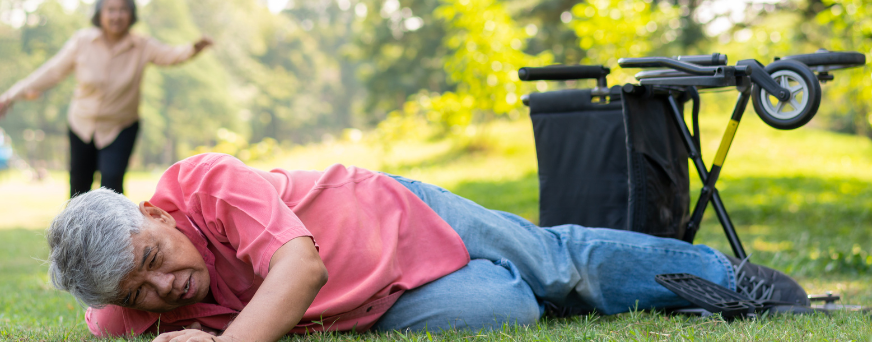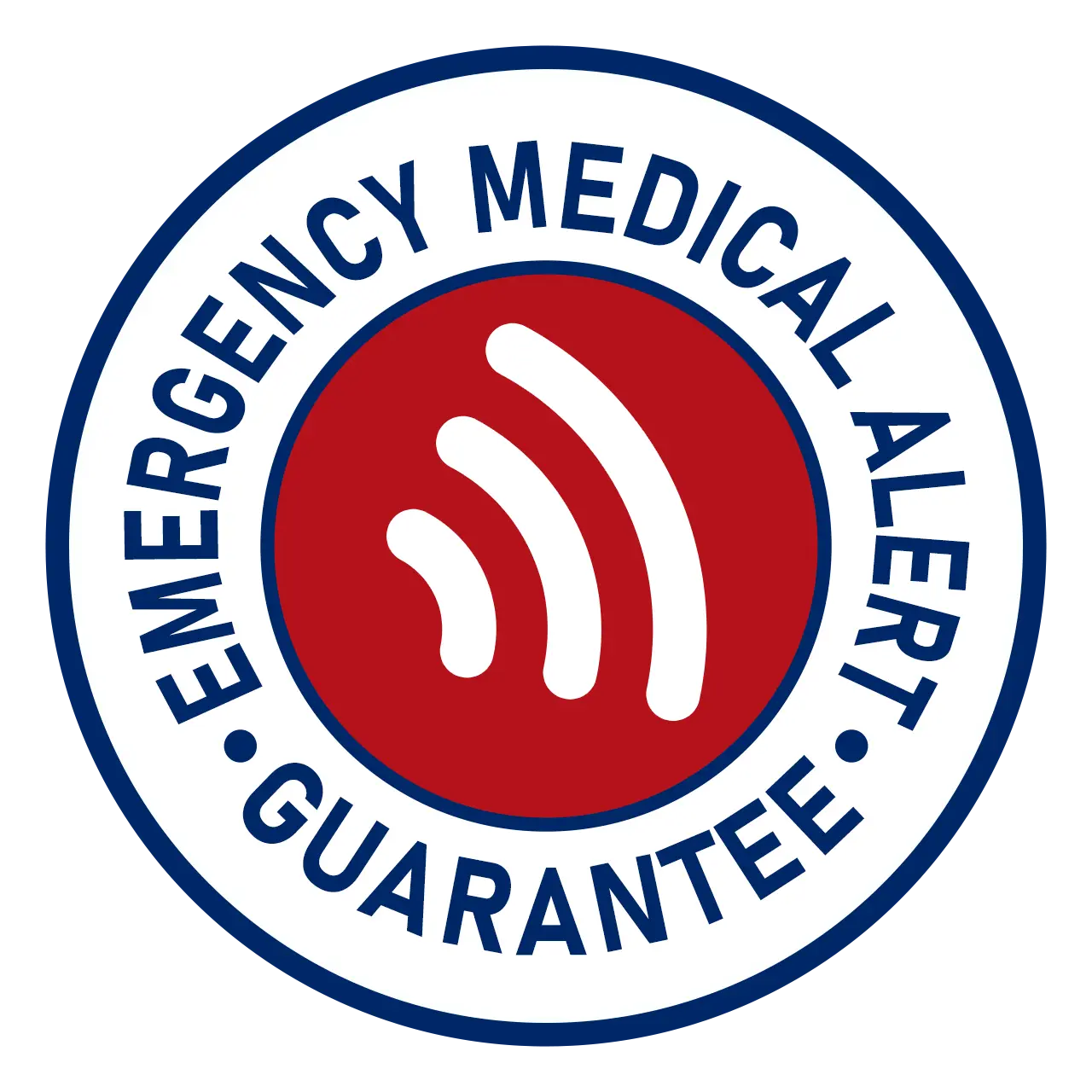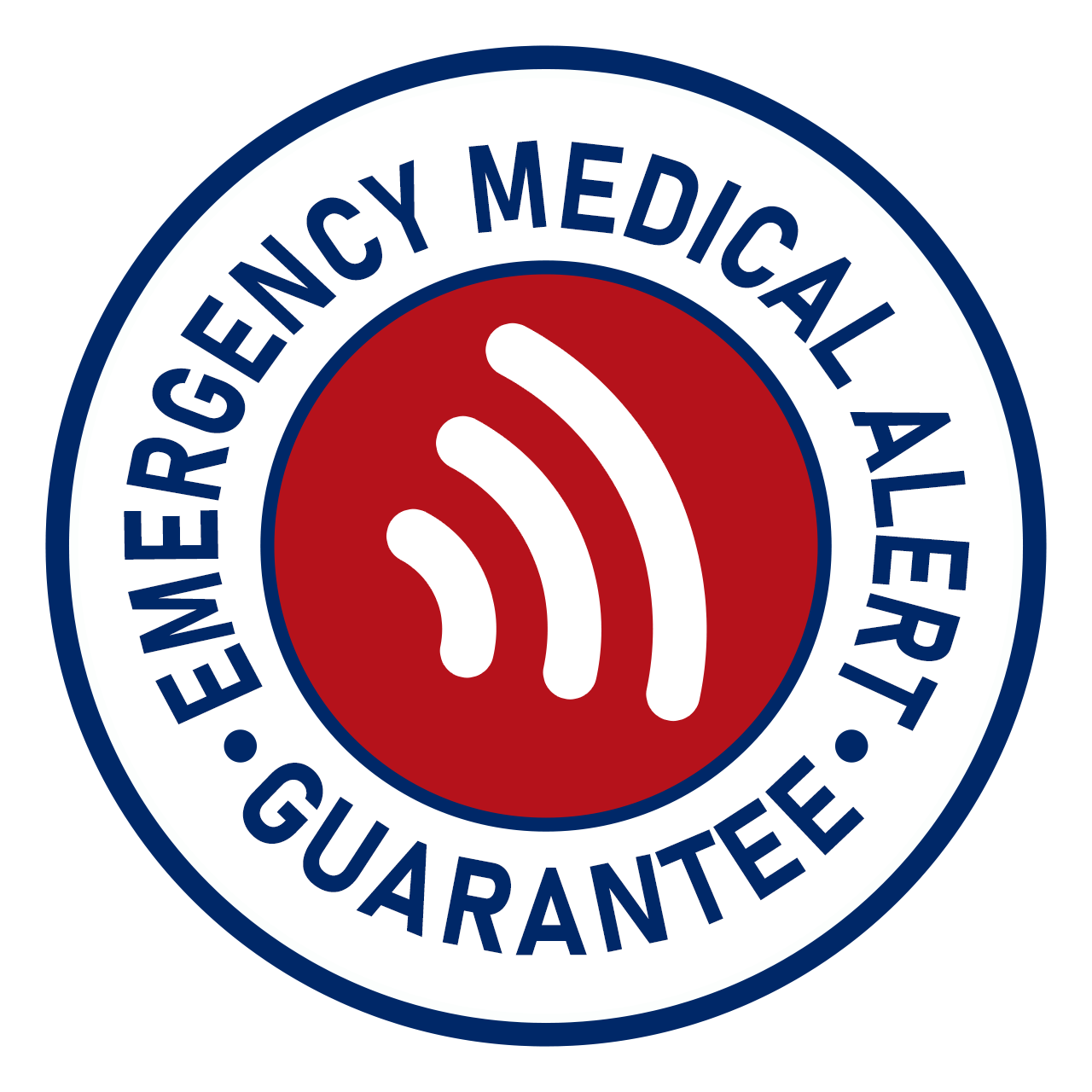When And Where Most Falls Occur In The Home
Key Takeaway
Most falls for older adults inside the home happen at night or early in the morning when vision is low and balance may be impaired. The highest-risk locations include the bathroom, stairs, kitchen and living room, each with unique hazards such as slippery surfaces, poor lighting, clutter and uneven steps. Knowing when and where falls are most likely gives caregivers and seniors a clear starting point for making the home safer.
Falls are now one of the greatest reasons why older adults are at risk of severe injury in their very homes. Even young children tend to face this issue. Such incidents can cause anything from minor bruises to serious injuries in these groups of people.
Head trauma and even long-term disability are the risks associated with falls.
You need to understand where in the home are the most common regions for falls. It is a critical step to ensure a safer living environment for everyone. This article will help you understand when and where most falls occur in the home.
Common Times When Falls Occur In The Home

Now, you may ask why seniors face more accidents and risk of falls than others. While it can be summed up in one word, i.e., “age,” let us take a deeper dive into it:
Nighttime
A lot of falls happen at night. This is due to low visibility and disorientation. It can even happen due to sleep-related grogginess. People usually wake up during the night to get a drink of water or use the bathroom.
When navigating their way through hallways and dark rooms, they can fall down very easily. The limited visibility and tiredness increased the chances of tripping and losing balance.
Early Morning
Early morning is another high-risk time for falling down. When you wake up, the body takes its time to go from resting to becoming active. Quick or sudden movements in this state can cause lightheadedness or imbalance.
During Chores Or Routine Activities
Falls usually happen when people are going about their everyday tasks. These include cleaning and cooking, or simply organizing. People are often multitasking or rushing through chores.
They do not pay full attention to their footing. Wet floors and cords, even misplaced objects, or climbing on unstable chairs to reach a high shelf; are all high-risk activities in the daily routine. They can cause accidents faster than you think.
Most Common Locations Of Falls In The Home
The house does not have an equal risk across it. Some rooms are simply more dangerous in terms of falls compared to others because of their layout.
Bathroom
Bathrooms are the most hazardous location in every home. The water everywhere, slippery surfaces, and hard fixtures make it a high-risk environment. Entering or exiting a tub or using the shower without support can be really dangerous if you are not paying attention.
The wet tiles with a lack of a grab bar are yet another reason for falls in the bathroom. The confined layout of a bathroom further leaves little to no room. These factors can severely worsen the impact of a fall.
Stairs
Falls on stairs are really dangerous. They often lead to severe injuries. This area is risky due to zero uneven footing and clutter sometimes. If you have no secure handrails here or have poor lighting, they make things even worse.
A lot of times, people can misjudge the last step or try to carry items on the stairs that do not allow them to see what is ahead.
Kitchen
The kitchen is central to daily life. It also poses a variety of fall hazards, though. Spilling liquids on the floor can turn it into a slippery zone. People tend to rush around while cooking. They can trip over rugs or stools.
They can even run into a problem while reaching for overhead cabinets or bending down for lower drawers since they can affect their balance. Cluttered counters and narrow walkways further complicate movement in the kitchen.
Living Room
The living room may seem harmless but it also has quite a few trip hazards. Area rugs, power cords, and scattered furniture are just some examples. Sometimes children's toys are also lying around here.
People also fall while sitting down and standing up from deep or soft couches. Low lighting in the living room during evening hours is also another risk. Home with pets often see sudden movements from animals which can cause unexpected trips or stumbles.
Bedroom
Bedrooms are often overlooked as fall-prone areas. They still see a significant number of incidents. This happens usually during nighttime or early morning hours. People can trip over bedding, shoes, or misplaced furniture.
Key Risk Factors Contributing To Falls
Falls usually come from a combination of environmental and personal factors. Looking into these contributors can help you create the right fall-prevention strategies:
Age-Related Issues
Age plays an important role in fall risk. This is especially true for older adults. Aging naturally can lead to a decline in muscle strength and joint flexibility.
This is why seniors can lose their balance and coordination. If they suffer from osteoporosis or vision impairment, they are much more likely to be seriously injured when they fall.
Environmental Hazards
A cluttered or poorly maintained house can pose a great risk. Common environmental hazards include uneven flooring and loose rugs.
Even slippery surfaces and poor lighting are great problems. Inadequate home design that has narrow hallways and steep stairs also plays a significant role in inducing falls.
Medications Causing Dizziness Or Drowsiness
Certain prescriptions and over-the-counter medications have side effects. These include dizziness and drowsiness, sometimes even low blood pressure. These are all responsible for impairing coordination and balance. Sedatives and anti-depressants are the usual suspects.
Tips For Preventing Falls

Taking the right steps can greatly help you with the risk of falls. They make the home a safer place for everyone.
Install Grab Bars
Having grab bars in bathrooms near toilets and showers goes a long way. They provide support where it is most required too.
Handrails along stairways on both sides are also important. Such additions help with stability and support. This is especially important for people with mobility issues.
Use Proper Lighting
Put bright and motion-sensing lights in the hallways and staircases. This can be done for the bathroom as well. These enhance the visibility, especially at night. Nightlights in bedrooms and along paths to the bathroom can prevent missteps.
Get Regular Health Checkups
Routine medical checkups can reveal any underlying physical conditions or side effects of medication that increase the chance of falls.
Vision and hearing tests are the most important. These senses help you maintain balance greatly. If you are facing any issues, try to get some physical therapy or do balance exercises.
Conclusion
Falls in the home are common but still potentially life-altering. Knowing where and when most falls occur helps you put preventive methods in place. It can simply be installing safety equipment or improving the lighting in some rooms, but it all goes a long way.

